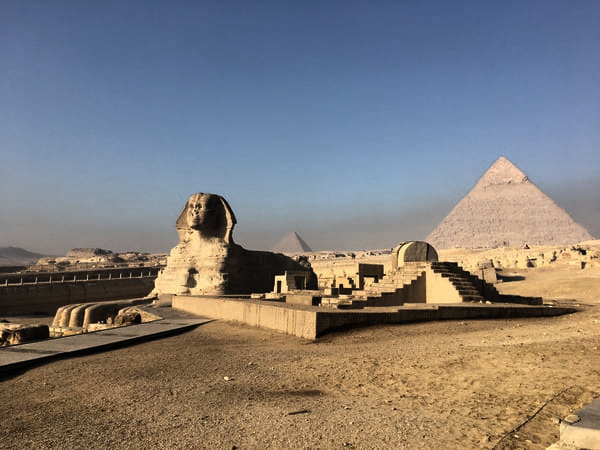-
Partager cette page
Nile waterscapes facilitated the construction of the Giza pyramids during the 3rd millennium BCE

Un article de D. Kaniewski et collaborateurs
Nouvel article de Hader Sheisha, David Kaniewski, Nick Marriner, Morteza Djamali, Gamal Younes, Zhongyuan Chen, Gad El-Qady, Amr Saleem, Alain Véron and Christophe Morhange
Abstract from PNAS site :The pyramids of Giza originally overlooked a now defunct arm of the Nile. This fluvial channel, the Khufu branch, enabled navigation to the Pyramid Harbor complex but its precise environmental history is unclear. To fill this knowledge gap, we use pollen-derived vegetation patterns to reconstruct 8,000 y of fluvial variations on the Giza floodplain. After a high-stand level concomitant with the African Humid Period, our results show that Giza’s waterscapes responded to a gradual insolation-driven aridification of East Africa, with the lowest Nile levels recorded at the end of the Dynastic Period. The Khufu branch remained at a high-water level (∼40% of its Holocene maximum) during the reigns of Khufu, Khafre, and Menkaure, facilitating the transportation of construction materials to the Giza Pyramid Complex.






